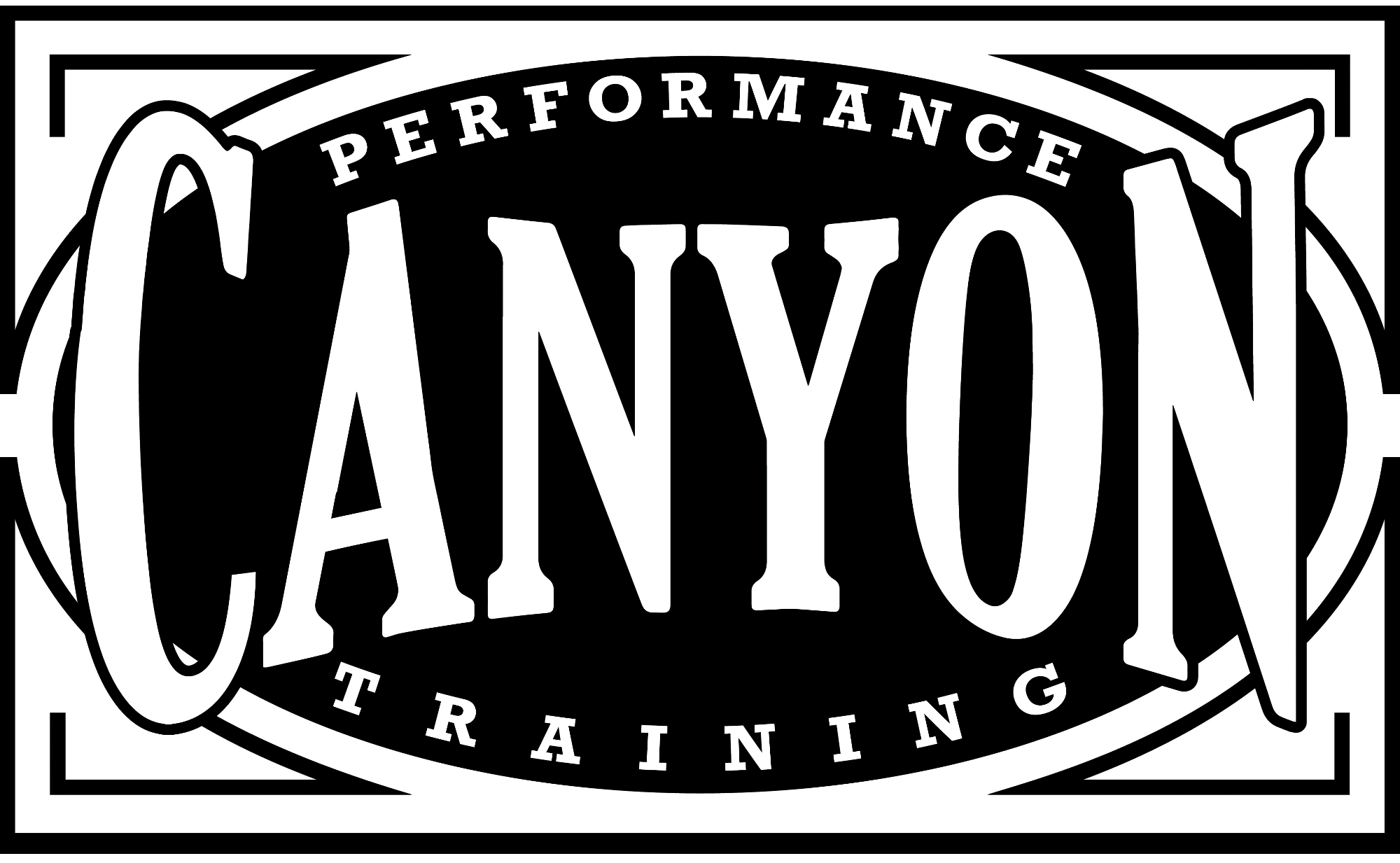 Straight bar squats can produce strength and power in the legs that enhances performance in nearly any sport, but the athlete must exercise patience during an extended, gradual process to perfect the squat safely and effectively. Taking shortcuts or rushing to strenuous weights without adequate coordinate, flexibility, range of motion, and technique risks serious, sidelining injury. I herniated a disc in my spine during college while improperly performing a squat with too much weight. Our modern lifestyle, particularly sitting on furniture, hinders our ability to squat naturally, which involves straight back, knees behind toes, and hips even or below knees. Learning the correct technique takes practice.
Straight bar squats can produce strength and power in the legs that enhances performance in nearly any sport, but the athlete must exercise patience during an extended, gradual process to perfect the squat safely and effectively. Taking shortcuts or rushing to strenuous weights without adequate coordinate, flexibility, range of motion, and technique risks serious, sidelining injury. I herniated a disc in my spine during college while improperly performing a squat with too much weight. Our modern lifestyle, particularly sitting on furniture, hinders our ability to squat naturally, which involves straight back, knees behind toes, and hips even or below knees. Learning the correct technique takes practice.
One common shortcut – even suggested by some coaches and trainers – is arching the back in order to lift more weight. That’s dangerous. The spine must be neutral so that the pressure on the discs between the vertebrae is distributed evenly. Arching the back puts more pressure on one side, causing the disc to protrude from the other side and possibly rupturing it. Also, arching the back can cause the glutes and hamstrings to disengage, stretch out the hamstrings so they are not effective, and increase the imbalance of glute strength. A properly-executed squat, with a straight back and neutral spine, will exercise all the muscles effectively, glutes as well as quads. It will provide balance as well as strength. Another shortcut is using wedges to elevate the heel slightly during the squat. That can ultimately lead to inflexibility in the ankles, which is a leading cause of ankle injury.
A careful regimen to learn the squat will take several weeks or even months. First, the athlete learns the form without any weights at all. A pipe down the back can ensure that it remains straight. When that is mastered, the athlete can add a light weight bar across the back, then a heavier weight bar across the back before moving to the rack with heavy weights.
The payoff for this patience is on the playing field, where the leg strength comes with balance, agility, and control. Too much emphasis on squat records – sometimes displayed in the training room – can be a distraction. Squats are a means to the end of better, safer performance. I have a championship ring from my football-playing days, and I can’t remember within 100 pounds how much weight I could squat.
Questions for parents to ask trainers and sports performance coaches:
- What is your process of preparing athletes to perform the squat? How long does it take?
- Do you encourage athletes to arch their backs in order to increase the weight they can squat?
- Do you use wedges to elevate the athletes’ heels so they can lift weight more easily?
The All-Age Performance Training System™:
The All-Age-Performance Training System™ takes a step-by-step approach to learning how to perform squats. Athletes must first master the form without weight. They often find this one of the most difficult exercises in the program until they learn proper body control. Once the form is mastered, athletes are moved through a series of progressions designed to be increasingly difficult and leading to mastery of the Olympic Bar Squat.
Want to learn more about the best exercises for young athletes? Give us your e-mail address and receive more free training tips, special offers and be the first to know about new programs and small groups forming in your area. As a special bonus: receive Coach Tom Dueber’s “5 Critical Steps Every Athlete Should Add to their Off-Season Program,” Free!

